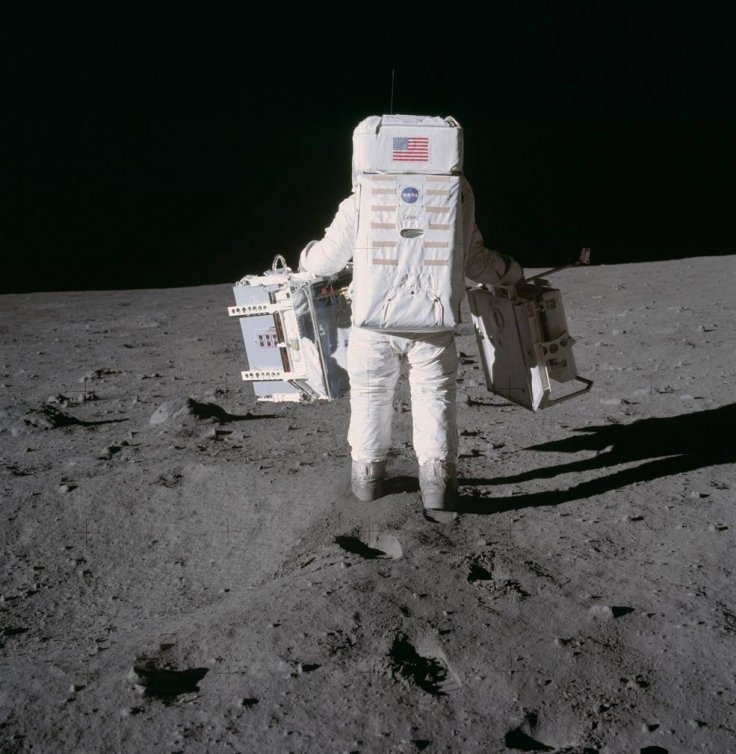
China's Chang'e-4 space probe is the one and only space missions from the earth that have successfully soft-landed on the moon's far side. Now, the mission has started sending photographs from this dark side of the moon and one among the images seems so intriguing. This image shows a bizarre jelly-like substance on the surface of the moon and until now, no space scientist has succeeded in giving a proper explanation to this finding.
Even though this discovery was made on July 28, the Chinese space agency has apparently kept things under the wraps until now. As per a recent report published in the Daily Star, the Chang'e-4 team was apparently preparing to power down the robot rover named Yutu-2, as a part of the regular nap. At this time, one of the supervising scientists spotted a mysterious crater with a shiny appearance.
Upon closer look, scientists came to know that the substance discovered is more like a jelly, and it has a very unusual colour. It should be noted that the surface of the moon is near-vacuum, and the temperature can even reach 127 degree Celsius. As per the human understanding, no known substance can remain in a jelly-like condition in this temperature, and this is a crucial factor that is perplexing scientists.
The report published in Daily Star also reveals that the Chinese space agency has apparently decided to divert from its planned missions until the substance can be identified.
Conspiracy theorists have long been alleging that aliens are secretly living on the dark side of the moon. As per these conspiracy theorists, advanced alien civilizations have apparently built a city on this dark side. With this new discovery, conspiracy theorists are up in arms again, and they argue that alien existence on the lunar surface is a bitter reality.
In the meantime, India's lunar probe 'Chandrayaan-2' is expected to make a soft landing on the moon's dark side on September 07, 2019. Scientists at the Indian Space Research Organization (ISRO) believes that this mission will help to unlock several mysteries of moon, including the possible water existence.









